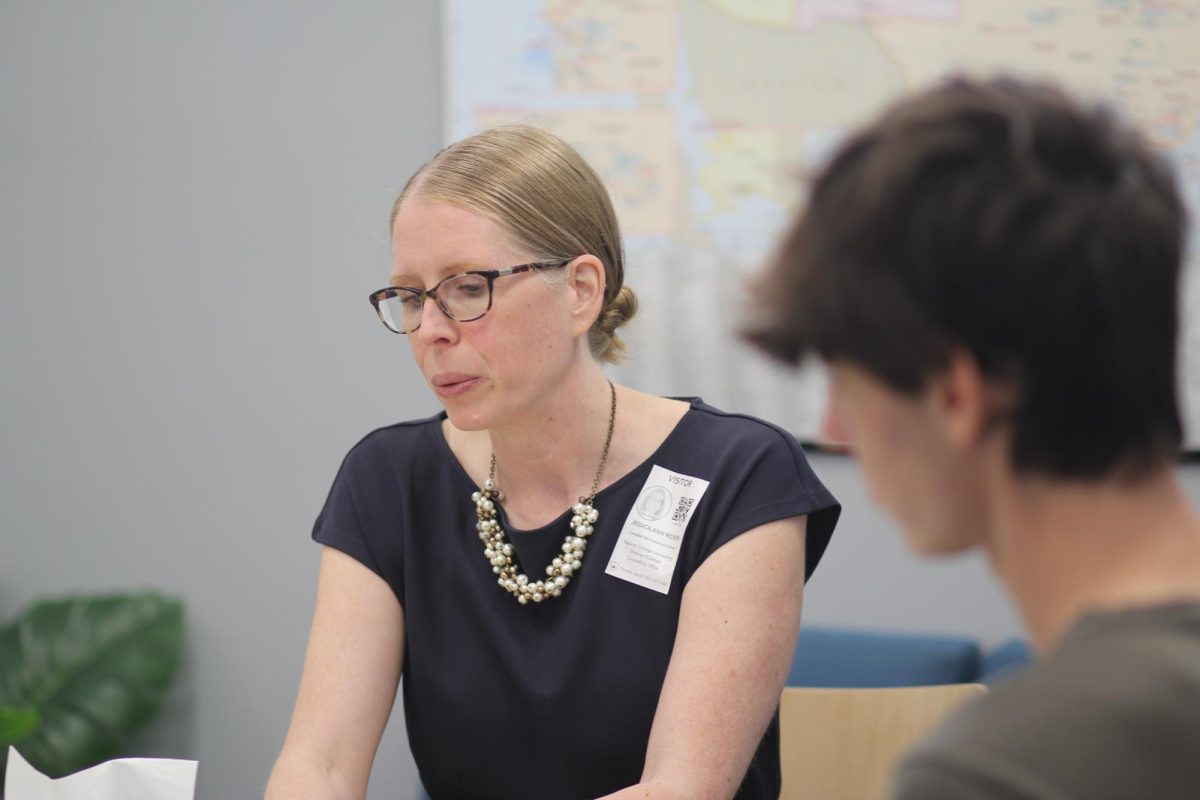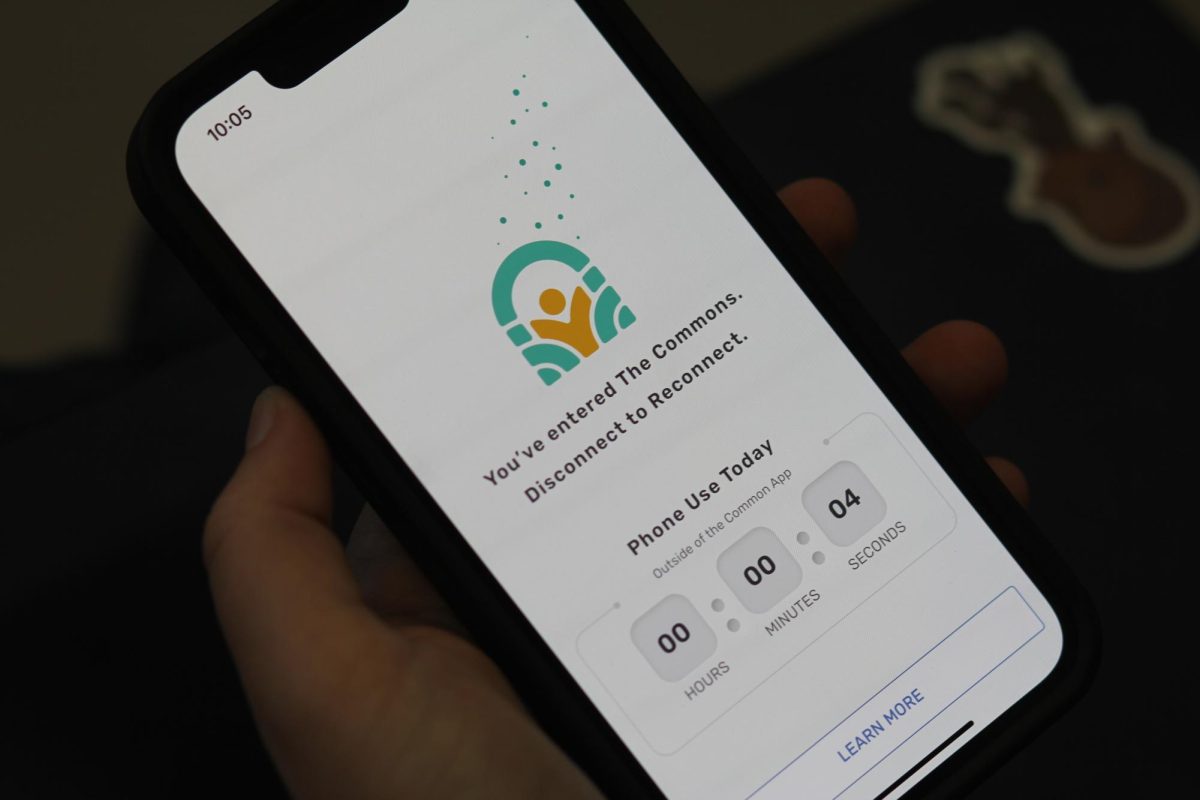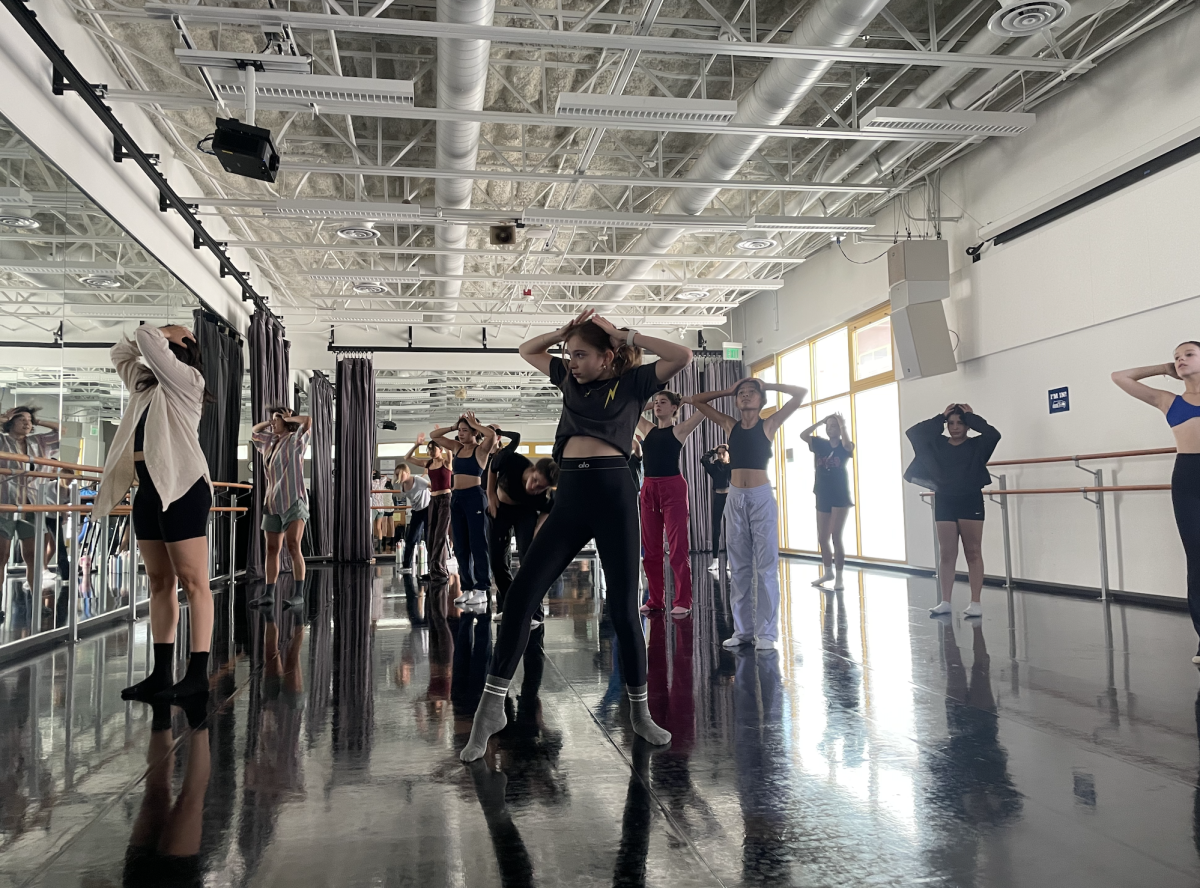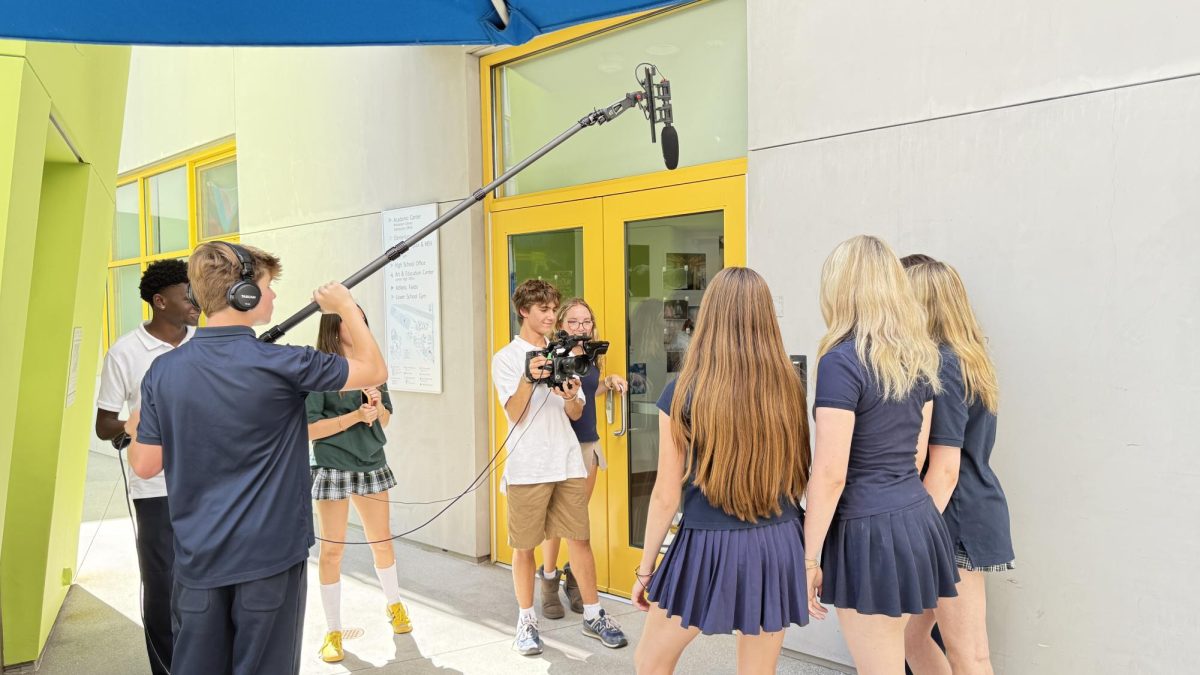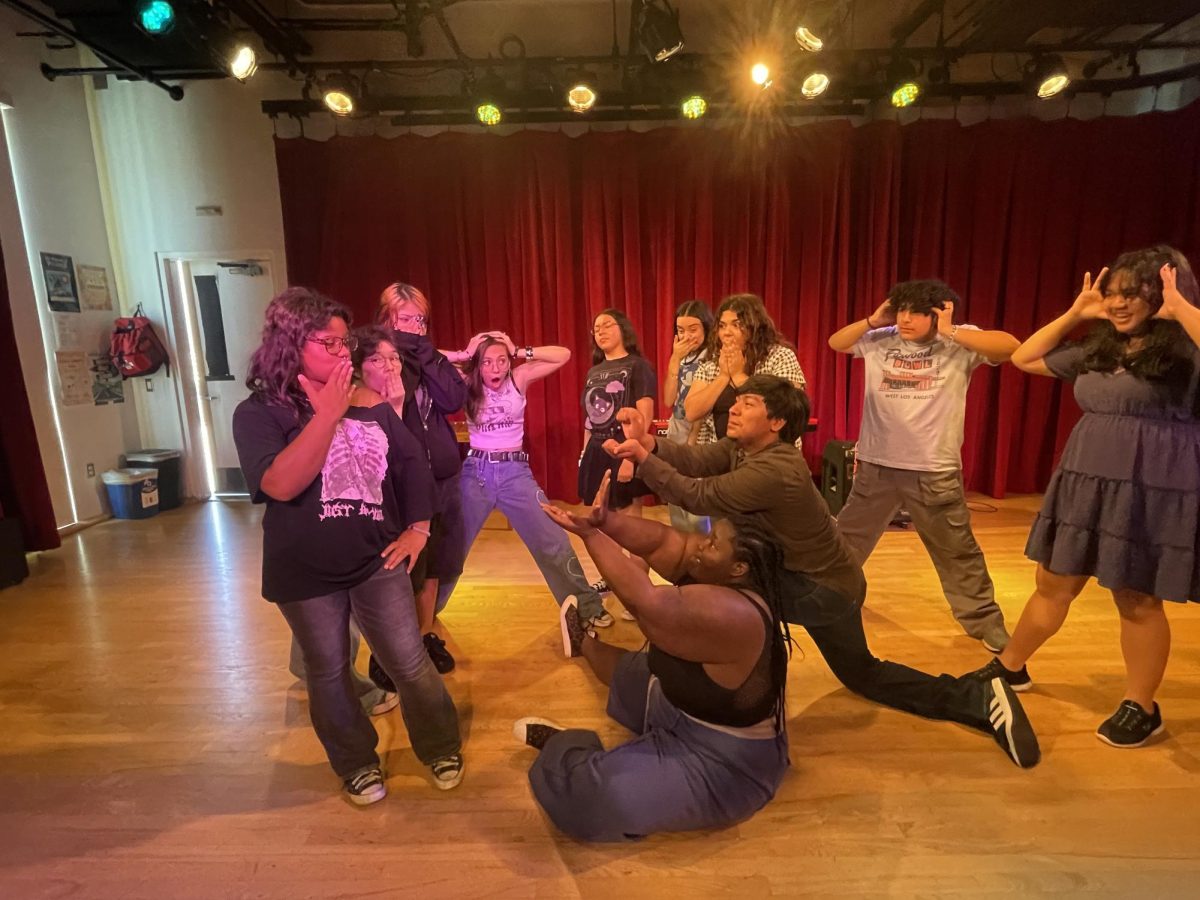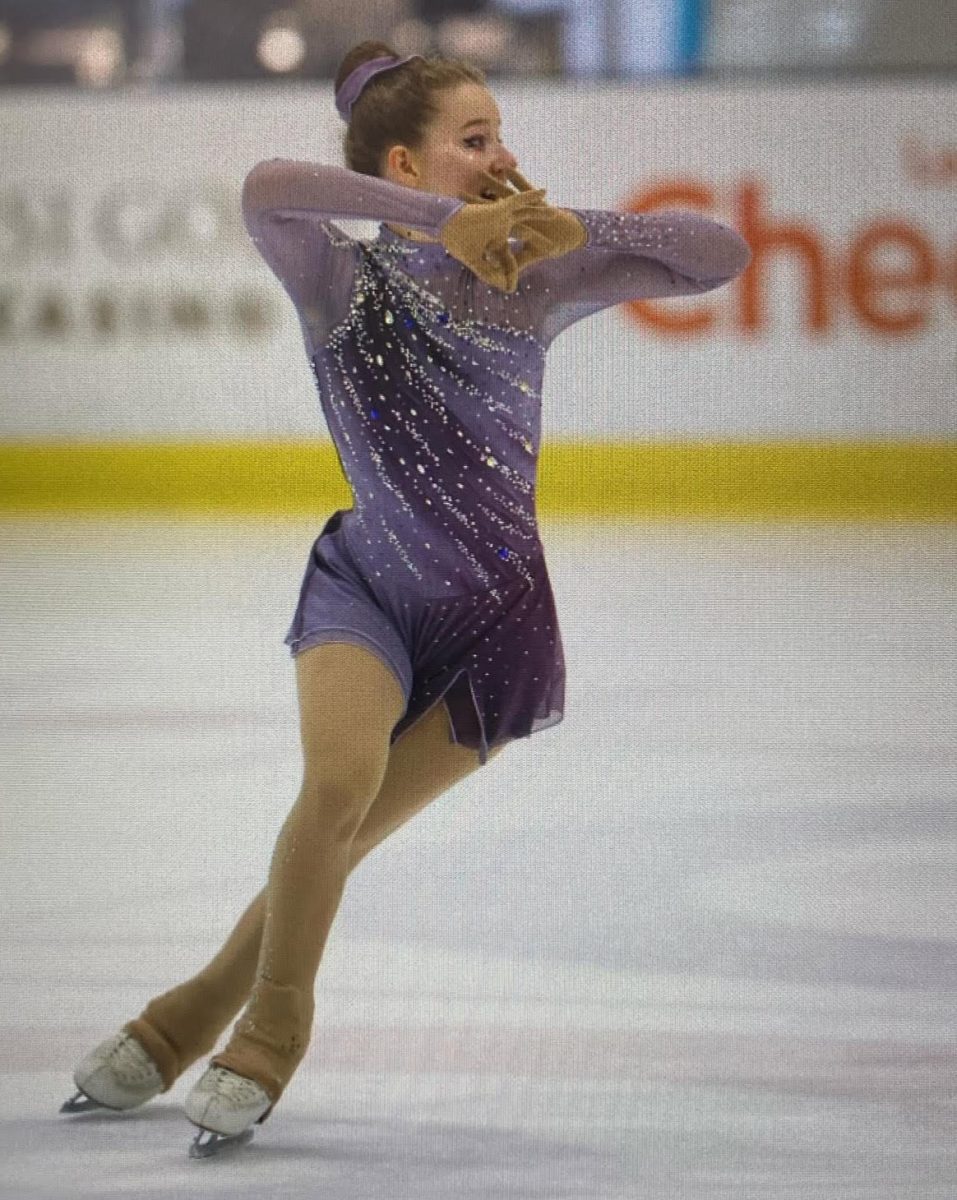The National Collegiate Athletic Association was created in 1906, but didn’t establish leagues for women’s sports until 1972. For over seven decades, men systematically received more opportunities, investment and visibility in comparison to women. This systemic difference in visibility is now being torn down by the increase in social media coverage.
Romy D. ‘26 has been on the girls’ basketball team since she was a freshman. Each year she has played basketball, she has noticed an increase in popularity surrounding the sport for females. This past spring break, while she was in Bora Bora for vacation, Romy found herself watching the women’s March Madness more than the men’s. She developed a love for the UCLA, University of Southern California and University of Connecticut women’s NCAA teams and their players. She feels that being able to see the players on her social media, whether that be in Nike ads or TikToks, helps her understand these girls’ personalities off the court. Especially now with the NCAA transfer portal where college athletes are transferring out of their schools to new ones every day for basketball, it has become fun for Romy to keep up with all the change.
“Ever since the Caitlyn Clark era that brought women’s basketball to the center stage, it has really grown in popularity,” Romy said. “I think women finally started to get recognized for their talent and I hadn’t really seen that before. I also never really watched the WNBA or even March Madness, but once I really got into basketball and started to watch these talented women, it was just so inspiring. Recently, I think especially with social media, a spotlight has been brought onto women’s basketball and it is just going to continue to become more popular.”
Jared Green, father to Riley G. ’25, similarly started to learn about women’s basketball because of Caitlyn Clark. Before Clark, he was never interested in watching the WNBA because he felt there was no excitement or energy around the sport like the NBA had. However, last year, when he started to hear talk about Clark, he turned on his TV one day and was shocked by how amazing she was.
“Caitlyn Clark, I think, made [the WNBA] no longer boring because she was doing things that arguably you had never seen before,” Green said. “Behind the back passes, no look passes, taking a three-pointer from 30 feet out. From there, I started watching the WNBA, and then I realized there’s a lot of great players. Also, another WNBA player, Sabrina Ionescu, did a three point challenge against Steph Curry and it made people realize [that although they initially thought a] men versus women in a one-on-one game would not be competitive, when you look at them from a fundamental perspective, women are just as good if not better than men.”
In fact, Green even tried to go to a WNBA game to see Clark play when she was in LA. However, it came as a huge shock to him how expensive the tickets were even to sit in the nosebleed seats, due to the popularity Clark was bringing to the sport. Green was unable to get tickets to the game, but hopes to get tickets next time as he really wants to see her play in person.
Like Green, Freedom McCullough, assistant coach of the girls’ varsity basketball team, also recognizes the growth in popularity of women’s basketball. Previously, McCullough was not interested in women’s basketball. This year, however, he has kept up with women’s basketball’s March Madness and finds himself just as interested in women’s basketball as men’s. McCullough recognizes that the reasons he wasn’t engaged in women’s basketball before wasn’t because of their skill, but because of its lack of coverage. Now, McCullough hopes to help push the culture of supporting women’s basketball forward as a coach, being an assistant coach for the team.
“There was a time when I would never coach [girls’ basketball],” McCullough said. “I don’t know why, I just never thought of it. It wasn’t really as popular. I [began coaching girls] and was successful at another school, and found that they’re actually easier to coach. I think they [can be] smarter and listen better and pick up quicker. I hope to see it on the same stage as men’s sports. It’s just as exciting, and the girls are getting better, [they are able to do] the same things the men do.”


